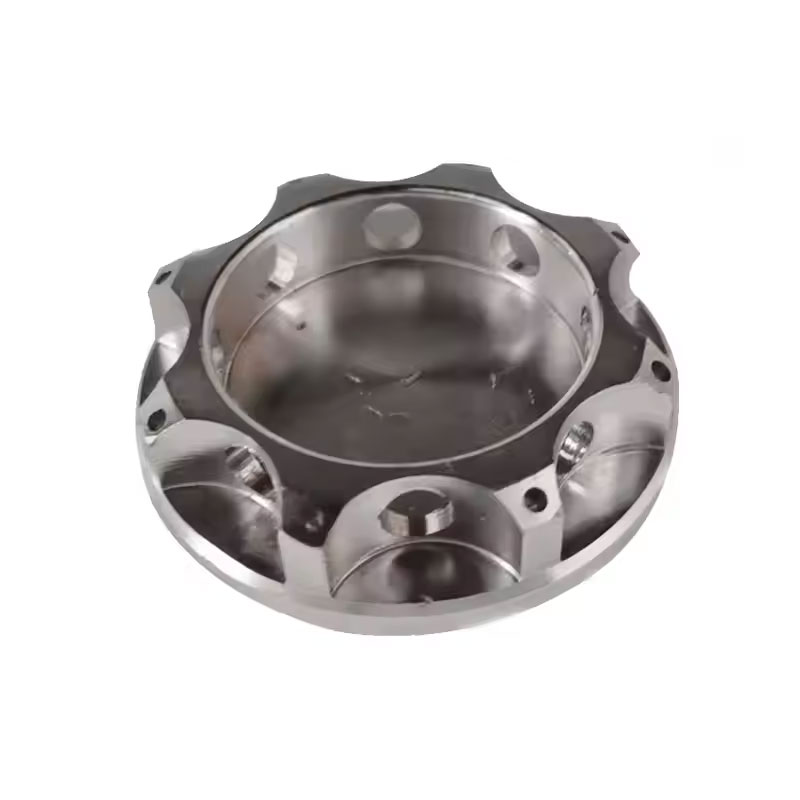
Investment casting for precision castings: When wax is used as a pattern, it is also called "lost wax casting." Investment casting typically involves creating a pattern from a fusible material, coating the pattern with several layers of refractory material to form a mold shell, then melting the pattern and ejecting it from the shell, resulting in a mold without a parting surface. After high-temperature firing, the mold can then be filled with sand and poured. Since the patterns are widely made of wax materials, investment casting is often called "lost wax casting". Investment casting is also known as lost wax method. Lost wax method is to make a mold of the object to be cast with wax, and then apply mud to the wax mold, which is the mud mold. After the mud mold is dried, it is fired to become a ceramic mold.

Investment casting mainly includes six processes: wax mold forming -> tree formation -> shell making -> dewaxing and firing -> melting and pouring -> sand cleaning and cutting to obtain the finished product.
Create a wax mold, then clean and assemble it with a pouring system to form a pattern cluster or "tree"
Coat the tree with a slurry of fine and coarse sand particles to obtain a ceramic shell
Dry the shell, heat to melt the wax, and then preheat to increase its strength and prepare for pouring
Finally, the casting alloy is melted and poured into the preheated shell; after solidification, the shell is broken to obtain the casting
| Comparison Item | Die Casting | Investment Casting |
|---|---|---|
| Mold Type | Permanent mold | Expendable mold |
| Mold Material | Metal | Refractory material |
| Lead Time | 4-10 weeks |
7-10 days (from wax pattern to complete casting) |
| Part Size - Weight (kg) - Min | < 0.01 | 0.001 |
|---|---|---|
| Part Size - Weight (kg) - Max | 50 | 100 |
| Shape Complexity (1-Best, 5-Worst) | 3-4 |
1 |
| Section Thickness Min | 0.50 mm | 1.00 mm |
|---|---|---|
| Section Thickness Max | 12.00 mm | 75.00 mm |